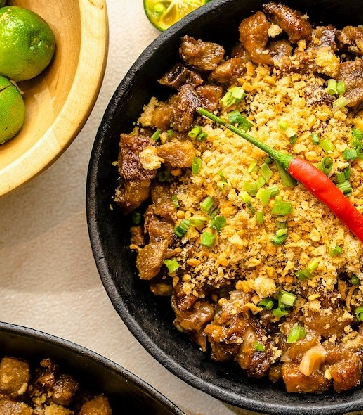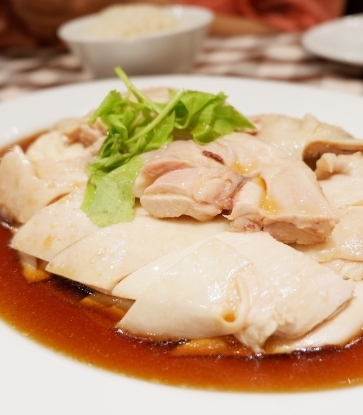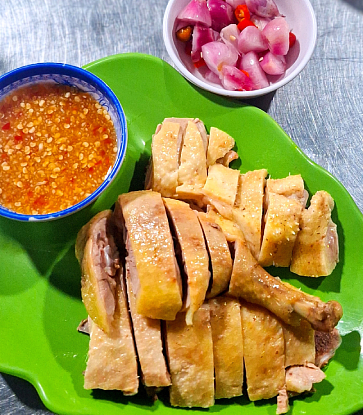The line for Shi Wei Da starts at about 4pm, even before stall owner Ng Kim Song is quite ready for business. In the mornings and at lunch, the stall is run by his nephew who sells Teochew muay, or rice porridge with an assortment of side dishes. Come evening, Ng takes over the helm, hawking something different altogether.

For the last 20 years, Ng has been cooking and perfecting the recipe for just one dish: satay bee hoon. This quintessentially local dish is said to be created by Teochew immigrants who married typically Chinese ingredients like pork liver, cuttlefish and rice vermicelli with the peanut gravy that accompanies Malaysian satay.
Ng says that he learnt the recipe from an old hawker while apprenticing under him. “It was tough work back then without modern conveniences,” he says in Mandarin. “I learnt to do everything by hand.” Today, he still makes every component of the satay bee hoon from scratch even though he is the only cook and manages every aspect of the stall on his own from taking orders to dispensing change.

The result is a rich and nutty gravy that ties in all the flavours and textures on the plate. The sauce is sweet, savoury and spicy all at once, clinging on to smooth vermicelli and coating creamy slivers of pork liver as well as being absorbed deep into spongy slices of fried tau pok. It was this dish that caught the Michelin inspectors’ fancy and landed Shi Wei Da a spot in the Bib Gourmand selection of the MICHELIN Guide Singapore 2018.

When asked if he was happy to receive the Bib Gourmand accolade, he laughs: “Yes, but I’m happy every day.”






















